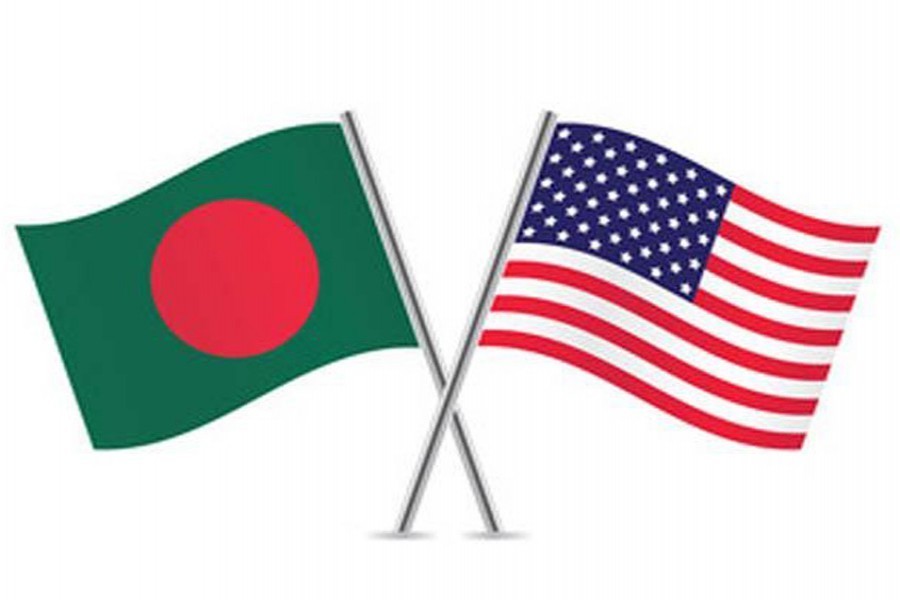
Published :
Updated :

The webinar organised by the American Chamber of Commerce in Bangladesh (AmCham) last Monday expressed disappointment that total trade figure between Bangladesh and the US stood at 9 billion USD in 2019, whereas it should have been at least 20 billion USD if compared to other regional countries. That is what the participants in the trade-related talks stated. Not to speak of trading giants like China and India, whose total trade runs into hundreds of billions with the US, countries like Vietnam, Malaysia, Singapore, and Thailand have reached a stage which belie comparison if placed beside that of Bangladesh. Even Cambodia, given the size of its economy, has reached a reasonable level. Bangladesh's dependence on mainly a single item like apparel has also been cited as a reason of the lagging behind of the country. The discussion, attended among others by the US Ambassador in Bangladesh Mr Earl Miller as chief guest touched upon other issues like the functioning of economic zones and the recently created US-Bangladesh Business Council, both coming up for positive mention.
Bangladesh appears to have missed the boat at least for the present. Neither has it been alert enough, it seems, to assess the size of the opportunities that are attached to trade with the world's largest economy, namely the US. In the year before the pandemic, the US imported goods worth 2.61 trillion USD from the outside world. It exported a whooping 2.5 trillion USD, figures that might entice even comparatively small economies like that of Bangladesh for its needs. The US figures are the largest and the second largest of any country by import and export data. Only China could compete with it on these two figures, with Germany a moderate third. The aforementioned webinar also mentioned several other issues like weak infrastructure and tax regime to have been dragging the growth of bilateral trade as well as attracting Foreign Direct Investment (FDI), an issue that is closely tied with trade and which has been repeatedly discussed in the media, including this paper, and the intelligentsia.
The AmCham deserves praise for organizing the virtual seminar. It at least brought to focus the existing positives and negatives of trade with Bangladesh. Apart from the much talked about corruption and red tape that operate seemingly freely, and against which the policymakers have consistently voiced their dismay over, other issues like infrastructure, tax regime and the ease to do business with have come into discussion often. It is good to see that the government has placed reasonably high importance on the upgrading of infrastructure. The export processing zones, if made up to international standards, can also be 'good selling points' as mentioned by the Chief Guest of the webinar. Whatever is done, the basic aim must be to have a reasonable fair share of the huge import portfolio of the US. The North American country is a land of opportunities for those who live there no doubt, but at the same time for exporters around the world, to present their basket of products in a fair and exquisite way without hassles of bureaucratic hindrance. Bangladesh only stands to gain in trade with the world's largest importer. However, proper conditions, including diversification and tuning into requirements, must be made grade one to reap the full benefits.


 For all latest news, follow The Financial Express Google News channel.
For all latest news, follow The Financial Express Google News channel.